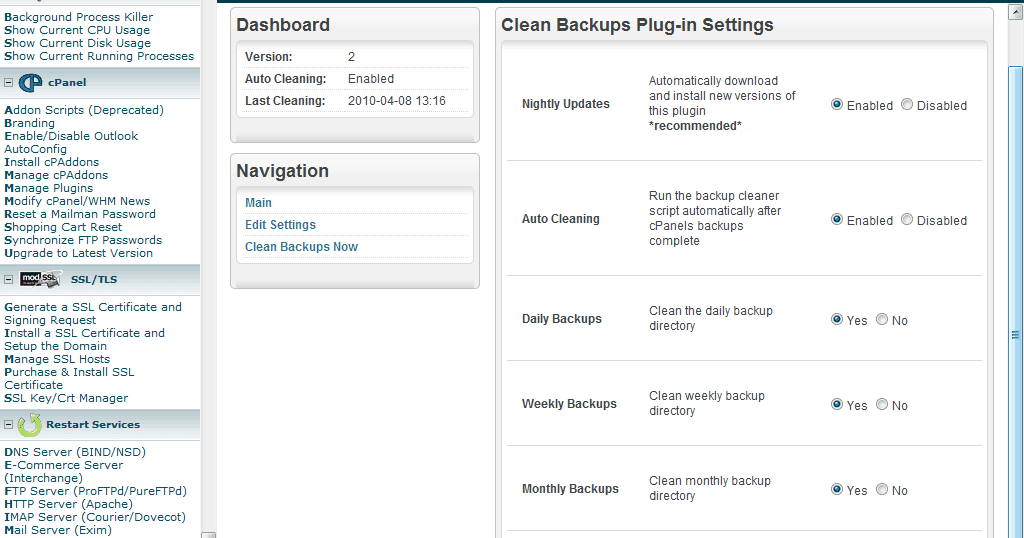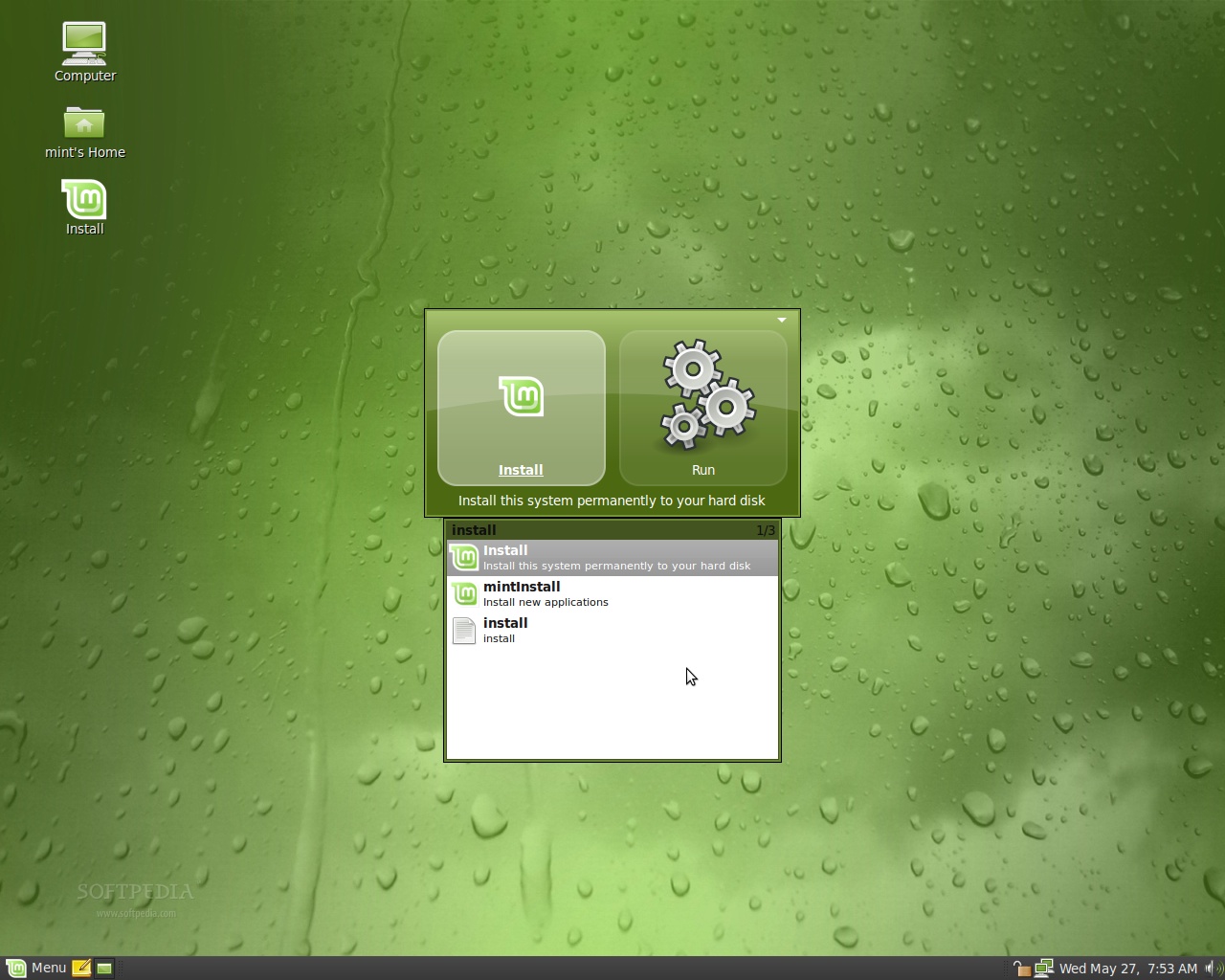


Remember, this is a command line program. The folder should now contain a number of other folders, including one titled bin where ffmpeg.exe is saved.This is a good idea because you will treat this like a regular program. This folder will be your "installation" folder. Create a folder on your computer to unpack the zip file.

Download the latest FFmpeg build, courtesy of v.Here are the basic steps to "install" and use it: Installation Once setup, you enter FFmpeg commands in one of these windows to use it. Command line is that black window you find by typing, then cmd in the popup field and hitting enter. It operates in the command line, as opposed to using a GUI. FFmpeg is indeed a powerful video encoder/decoder tool¹.


 0 kommentar(er)
0 kommentar(er)
